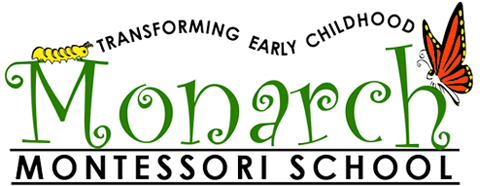VIRTUAL SCHOOL TOUR
The Montessori Difference
The American Montessori Society offers the following comparisons between Montessori and Traditional Education.
Montessori vs. Traditional
Education # 1
Montessori:
Teacher’s role is unobtrusive; child actively participates in learning.
Traditional:
Teacher’s role is dominant, active, child is a passive participant.
Teacher’s role is unobtrusive; child actively participates in learning.
Traditional:
Teacher’s role is dominant, active, child is a passive participant.
Montessori vs. Traditional
Education # 2
Montessori:
Environment and method encourage internal self-discipline.
Traditional:
Teacher is a primary enforcer of external discipline.
Teacher is a primary enforcer of external discipline.
Montessori vs. Traditional
Education # 3
Montessori:
Individual and group instruction adapts to each student’s learning style.
Traditional:
Individual and group instruction conforms to the adult’s teaching style.
Traditional:
Individual and group instruction conforms to the adult’s teaching style.
Montessori vs. Traditional
Education # 4
Montessori:
Child formulates concepts from self-teaching materials.
Traditional:
Child is guided to concepts by teacher.
Child formulates concepts from self-teaching materials.
Traditional:
Child is guided to concepts by teacher.
Montessori vs. Traditional
Education # 5
Montessori:
Child sets own learning pace to internalize information.
Traditional:
Instruction pace set by group norm or teacher.
Child sets own learning pace to internalize information.
Traditional:
Instruction pace set by group norm or teacher.
Look who credits Montessori school as a key to their unprecedented success
Montessori education is a method of instruction developed by Dr. Maria Montessori which seeks out and capitalizes on the unique developmental stages of children using a child-centered, hands-on, individualized, respectful and engaging approach to learning.

Jeff Bezos

Jimmy Wales

Larry Page & Sergey Brin

